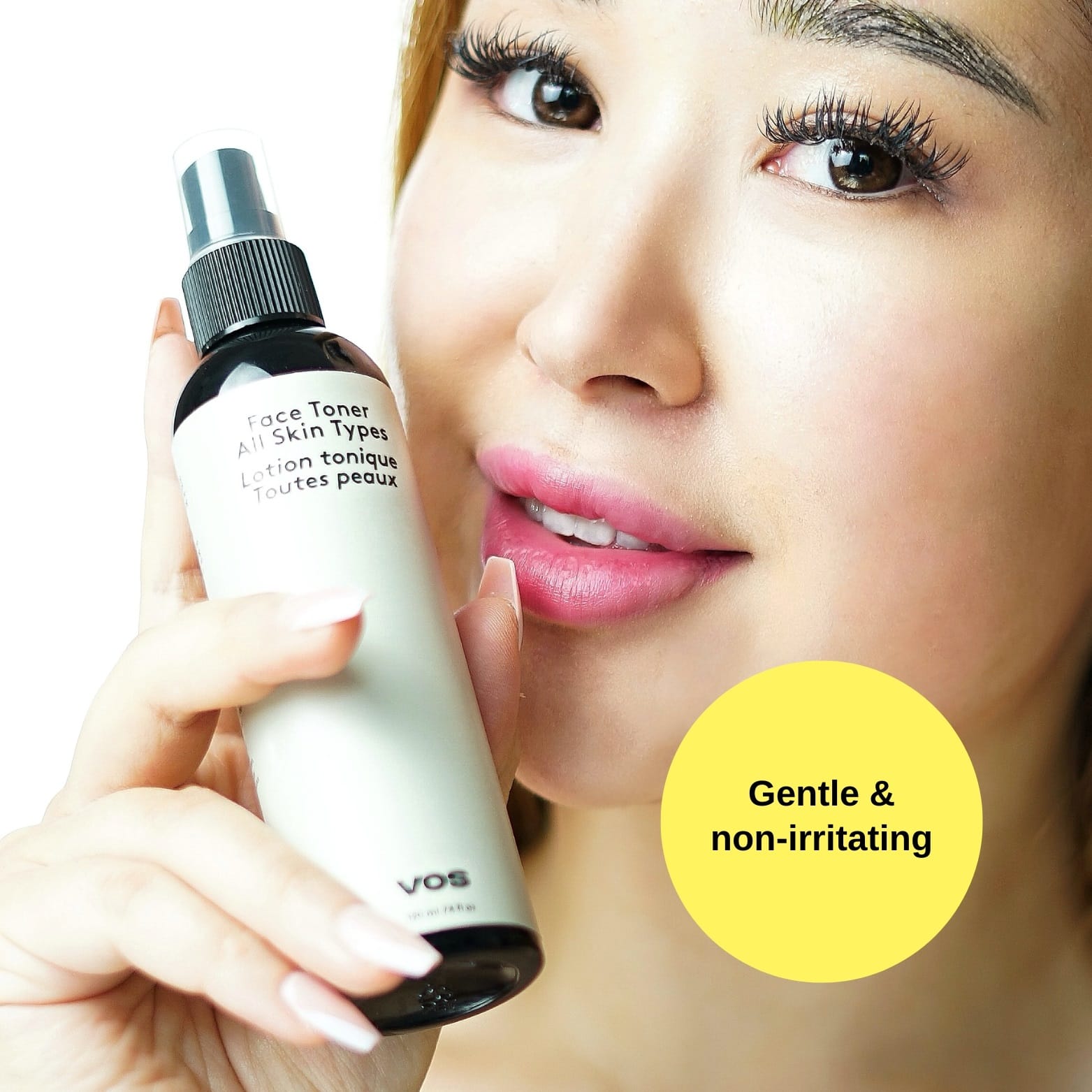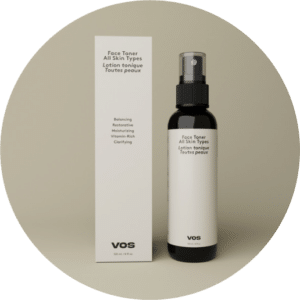Face toner is a vital step in any skincare routine, yet it’s often misunderstood or misused. While toner can help balance your skin’s pH, remove impurities, and prepare your skin for subsequent products, common mistakes can compromise its effectiveness. Let’s explore the critical face toner mistakes to avoid in the new year to ensure your skincare routine achieves optimal results.
Understanding the Role of Face Toner in Skincare
Before delving into mistakes, it’s important to understand what a face toner does. Toner is a liquid skincare product applied after cleansing and before moisturizing. Its primary functions include:
- Removing residual makeup and impurities.
- Restoring skin’s pH balance.
- Minimizing the appearance of pores.
- Prepping skin for better absorption of serums and moisturizers.
Using toner correctly can enhance your entire skincare routine, but incorrect usage can lead to skin issues.

Common Face Toner Mistakes to Avoid
1. Skipping Toner Altogether
One of the biggest mistakes is omitting toner from your skincare routine. Many people underestimate its benefits, but skipping this step can leave your skin unbalanced and less receptive to other products.
2. Choosing the Wrong Toner for Your Skin Type
Not all toners are created equal. Using a toner that doesn’t suit your skin type can lead to dryness, irritation, or breakouts. For instance:
- Oily skin: Opt for a toner with ingredients like salicylic acid to control excess oil.
- Dry skin: Look for hydrating toners with hyaluronic acid or glycerin.
- Sensitive skin: Use alcohol-free toners with soothing ingredients like chamomile or aloe vera.
3. Overusing Toner
Applying toner excessively can strip your skin of its natural oils, leading to dryness and sensitivity. Limit toner application to twice a day—once in the morning and once at night.
4. Using Alcohol-Based Toners Incorrectly
Alcohol-based toners can be harsh, especially on sensitive or dry skin. Overuse can disrupt your skin’s natural barrier, causing redness and irritation. Always read the label and choose alcohol-free options if your skin is prone to sensitivity.
5. Applying Toner with Dirty Hands or Tools
Using dirty hands or unclean cotton pads to apply toner can introduce bacteria to your skin, leading to breakouts. Always use clean tools or wash your hands thoroughly before application.
6. Not Following Up with a Moisturizer
Toner prepares your skin for better absorption, but neglecting to moisturize afterward can leave your skin feeling tight and dry. Always follow toner application with a suitable moisturizer to lock in hydration.
7. Ignoring the Ingredients
Ignoring the ingredient list is a common mistake. Avoid toners with harsh chemicals, synthetic fragrances, and parabens. Instead, choose products with natural and skin-friendly components.
8. Misusing Spray Toners
Spray toners are convenient, but improper usage can reduce their effectiveness. Instead of spraying randomly, ensure even application and gently pat the toner into your skin.
9. Neglecting to Patch Test
Skipping a patch test before using a new toner can result in allergic reactions or irritation. Always test a small amount of the product on your wrist or behind your ear before full application.
10. Rubbing Instead of Patting
Rubbing toner into your skin can cause irritation and disrupt its barrier. Instead, gently pat the toner onto your face using clean hands or a cotton pad.
How to Incorporate Toner into Your Skincare Routine
Step 1: Cleanse Your Skin Thoroughly
Start with a gentle cleanser to remove dirt, oil, and makeup. A clean face ensures your toner can penetrate effectively.
Step 2: Apply Toner Immediately After Cleansing
Apply toner within a minute of cleansing to prevent your skin from drying out. This timing allows the toner to lock in moisture and prepare your skin for the next steps.
Step 3: Use the Right Amount
Avoid soaking your cotton pad or over-spraying. A small amount is sufficient to cover your entire face and neck.
Step 4: Layer with Serums and Moisturizers
After toner, apply your preferred serums and moisturizers. This layering ensures your skin receives maximum hydration and nourishment.
Step 5: Adjust According to Seasons
Your skin’s needs change with the seasons. Use hydrating toners during colder months and oil-controlling toners in summer to maintain balance.
Additional Tips for an Effective Skincare Routine
Understand Your Skin Type
Knowing your skin type helps you choose the right products, including toner. Regularly assess your skin’s condition and adapt your routine as needed.
Stay Consistent
Consistency is key to achieving healthy skin. Follow your routine daily, even when you’re busy.
Avoid Overloading Your Skin
Using too many products can overwhelm your skin and reduce the effectiveness of each step. Keep your routine simple yet effective.
Seek Professional Advice
If you’re unsure about your skin type or the best toner for you, consult a dermatologist. Professional guidance ensures your skincare routine meets your specific needs.
Conclusion
Avoiding face toner mistakes in the new year can significantly improve your skincare routine. From choosing the right toner for your skin type to proper application techniques, these small adjustments can make a big difference.




